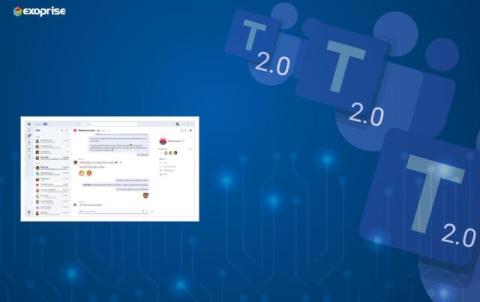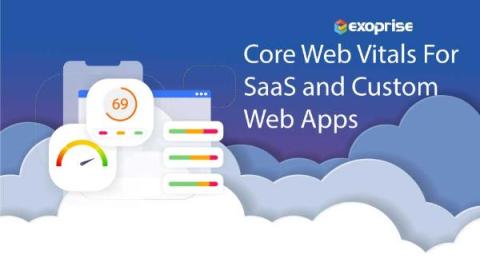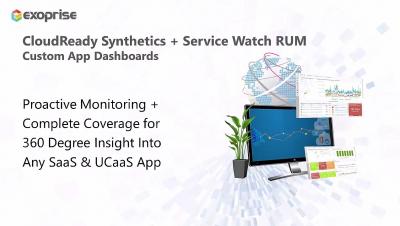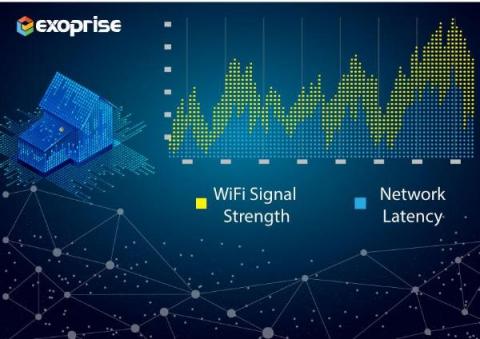Teams | Collaboration | Customer Service | Project Management
Synthetics
Maximizing ROI with Synthetic and Real-User Monitoring
Optimize Core Web Vitals for SaaS and Custom Apps
A set of metrics known as Core Web Vitals have become key indicators of website performance and user satisfaction. Monitoring and optimizing these metrics for web pages can be challenging. Today, we learn how to use synthetic and real-user monitoring to measure, analyze, and improve Core Web Vitals. Delivering a smooth user experience plays a pivotal role in determining website application success.
Monitoring Single Page Applications with Synthetics and Browser-based RUM
Businesses today are increasingly dependent on Single Page Applications (SPAs) for better user experiences. A Single Page App is when a user loads a web document and the application then updates different parts of the page with background requests. This is opposed to the more traditional Multi-page Applications (MPAs) where each click loads a different web document. Like the way you’re (hopefully) reading different pages on this web server.
Synthetics and Service Watch Dashboards
Network Path Monitoring Pinpoints and Mitigates Connection Bottlenecks
An employee calls complaining about slow response time. Another one has similar trouble. No red lights are flashing on the Network Operations console, so the network is up and running. What is happening? Frankly, it could be just about anything: an overworked router, a runaway process on a laptop, a slow loading web page, or a bandwidth hog at home.
Combine Synthetics and Real User Monitoring for a Complete End-User Digital Experience
How to Ensure Superior End-User Digital Experience in the Age of Work from Anywhere
Exoprise 2020 Year in Review
2020 is behind us. But we are still reeling under its effects. The disruption at work due to Covid left companies to rethink their IT strategy and focus on digital experience monitoring for their vast remote workforce. However, in these unprecedented times, Exoprise successfully managed to deliver the best monitoring outcomes to its global customers.










